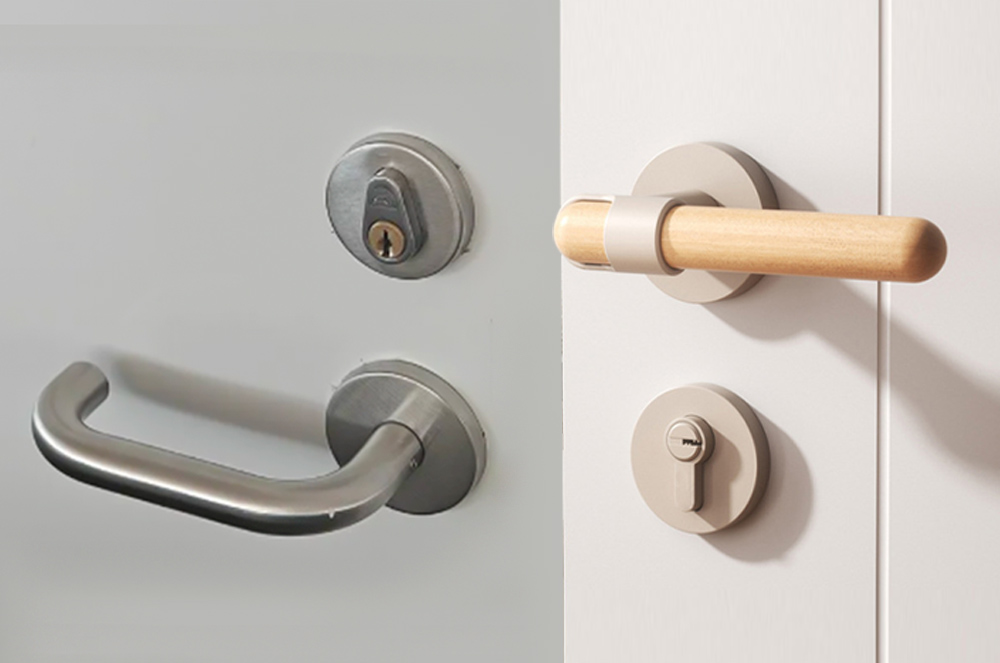How to Find Reliable Chinese Factories for Cooperation? Key Steps to Assess Factory Reliability
INTRODUCTION:
Finding reliable factories in China for cooperation is a top priority for many businesses, but determining the reliability of a factory can often be confusing. This article aims to provide practical methods to help you find reliable Chinese factories and guide you through key steps to assess their reliability.

Methods for Finding Factories
1.Utilize Online Platforms and Search Engines:
Online platforms like Alibaba, Global Sources, and popular search engines such as Google and Yahoo are effective tools for finding Chinese factories. Use relevant keywords to search and browse through product showcases, sizes, and customer reviews of different factories.
2.Participate in Trade Exhibitions and Expos:
China hosts numerous trade exhibitions and expos, such as the Canton Fair held twice a year. Participating in these events allows you to directly communicate with factory representatives. Face-to-face interaction provides better insights into their production capabilities and product quality.
3.Reference Word-of-Mouth and Recommendations:
Seek feedback and recommendations from other customers, industry professionals, or procurement experts. Explore relevant discussions on online forums, social media, and specialized platforms. These insights can provide valuable references.
Assessing Factory Reliability
1.Quality Control and Certification:
Understanding a factory’s quality control system and certification status is crucial. Ensure that the factory has appropriate quality management systems in place and is willing to meet your quality requirements and inspections. Look for relevant certifications like ISO 9001, which is a key indicator of reliability.
2.Sample Testing and Validation:
Request quality samples from the factory for testing to validate their product quality and compliance. Engage independent third-party laboratories for unbiased testing to ensure the products meet the required standards and specifications.
3.On-site Visits and Audits:
Conducting on-site visits to factories is an important step in assessing their reliability. Personally observe the factory’s equipment, production processes, and staff quality. Evaluate their scale, quality control systems, and certifications to ensure they align with your requirements.
4.Production Line Tours and Supply Chain Management:
Gain insights into the factory’s production capabilities and supply chain management by touring their production lines. Observe the level of automation and production efficiency to ensure timely delivery of products that meet your requirements.
5.Reference Partners and Clients:
Understand the factory’s partners and clients, which can reflect its reliability and reputation. The quality and reputation of their partners can have an important influence on the evaluation of the factory.
Conclusion:
Selecting reliable Chinese factories for cooperation requires considering various factors. By utilizing online platforms, referencing word-of-mouth, conducting on-site visits and audits, assessing quality control and certifications, sample testing, observing production lines, and considering reference partners and clients, you can evaluate the reliability and cooperation potential of factories. Finding reliable Chinese factory partners will provide stable support for your business development.
Note:
Finding reliable Chinese factory partners requires time and effort. It is recommended to conduct thorough due diligence before entering into any cooperation. The methods and steps provided in this article are for reference only, and you should adjust and make decisions based on your specific circumstances.
MARCHRY HARDWARE
WEBSITE: www.marchry.com
MAIN PRODUCTS: Door handle, Door knob, Pull handle, Door stopper, Door lock, Toilet partition hardware, Furniture handle, etc.





